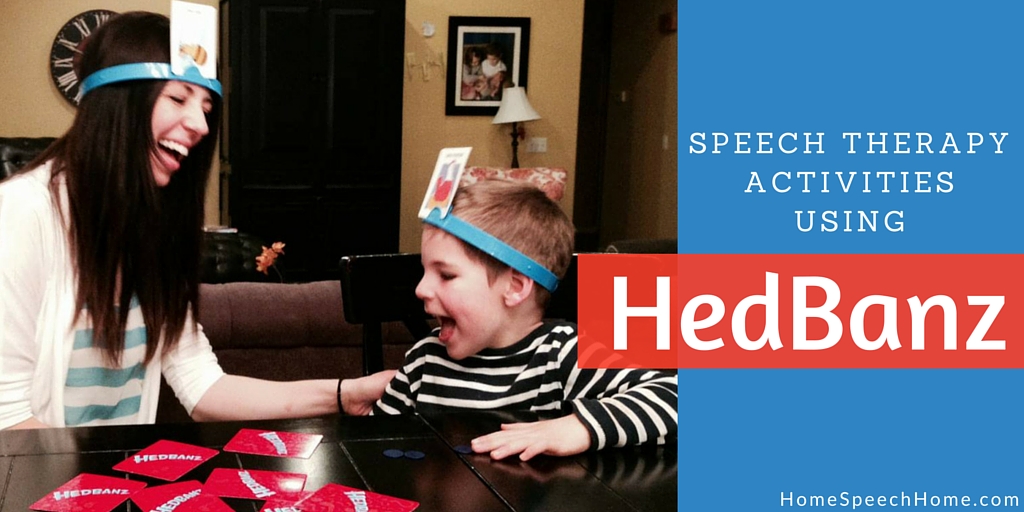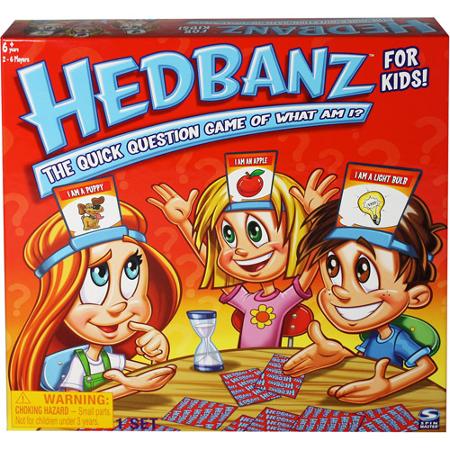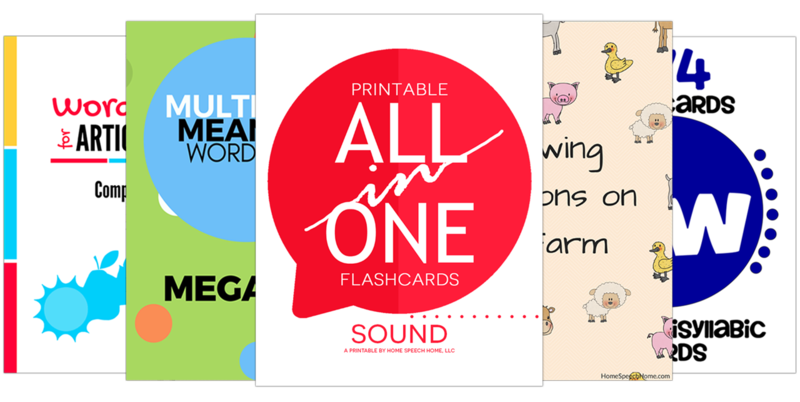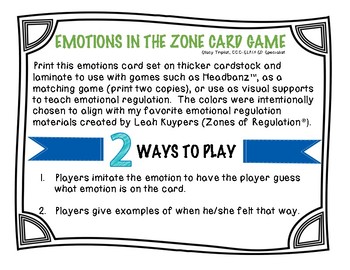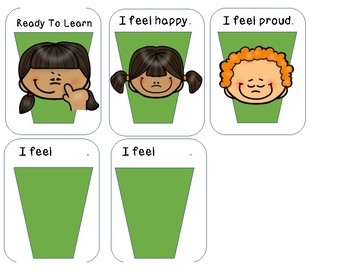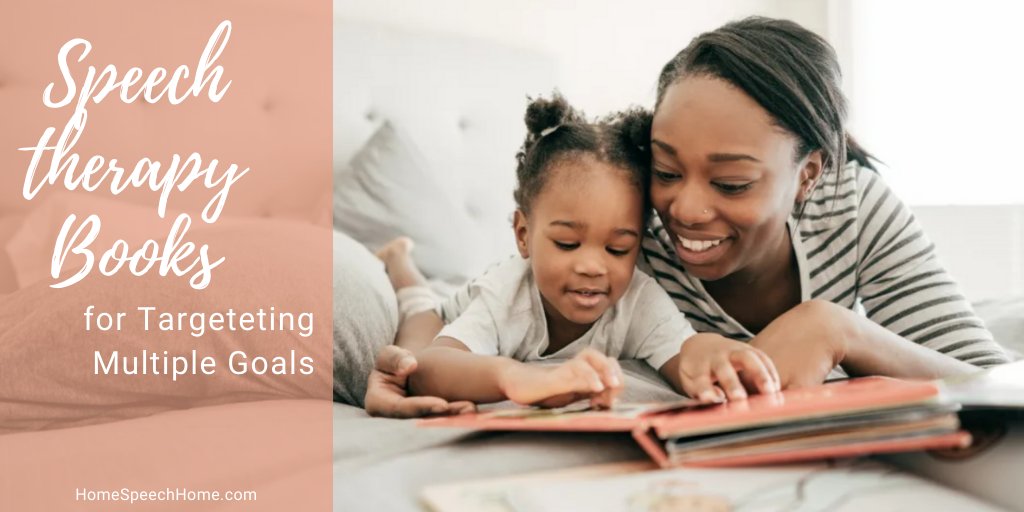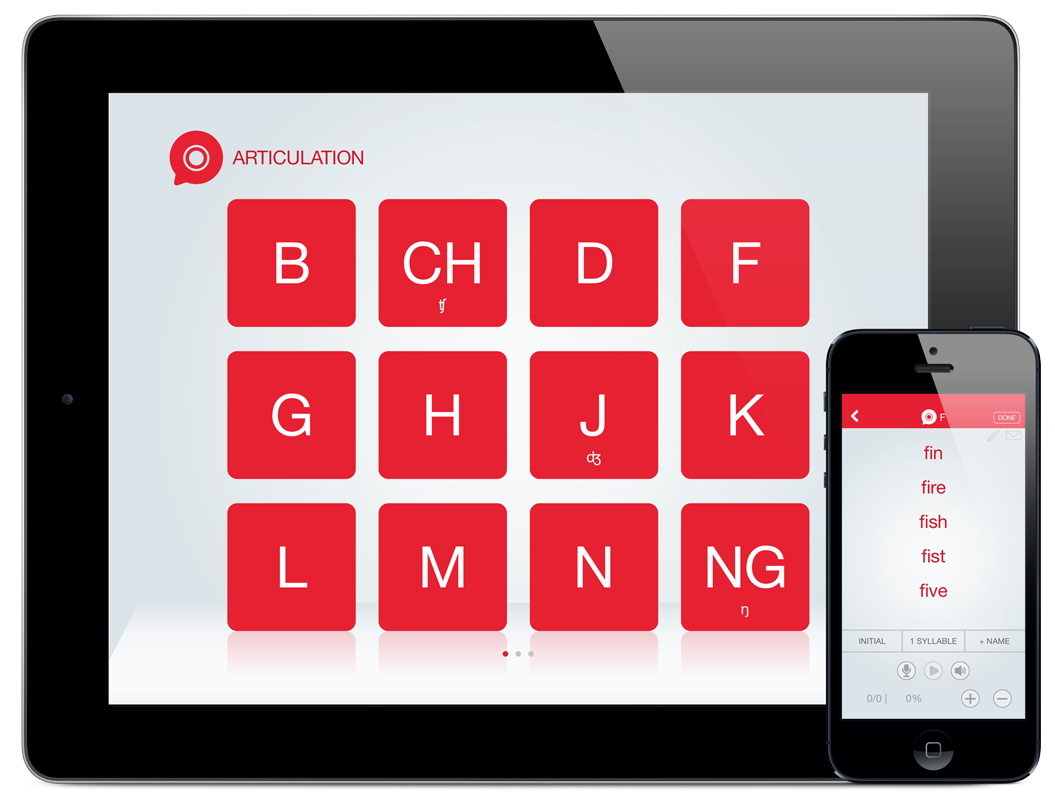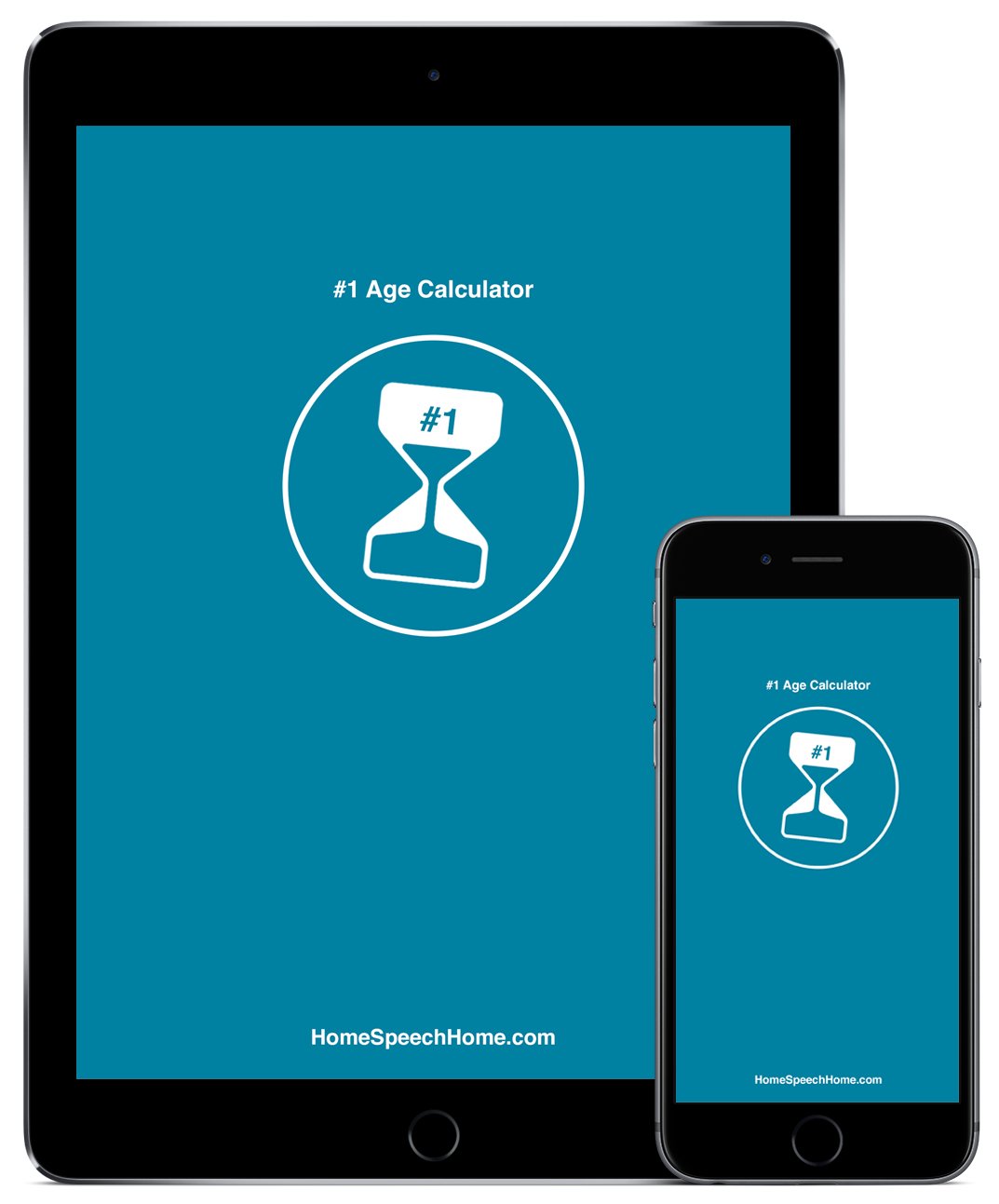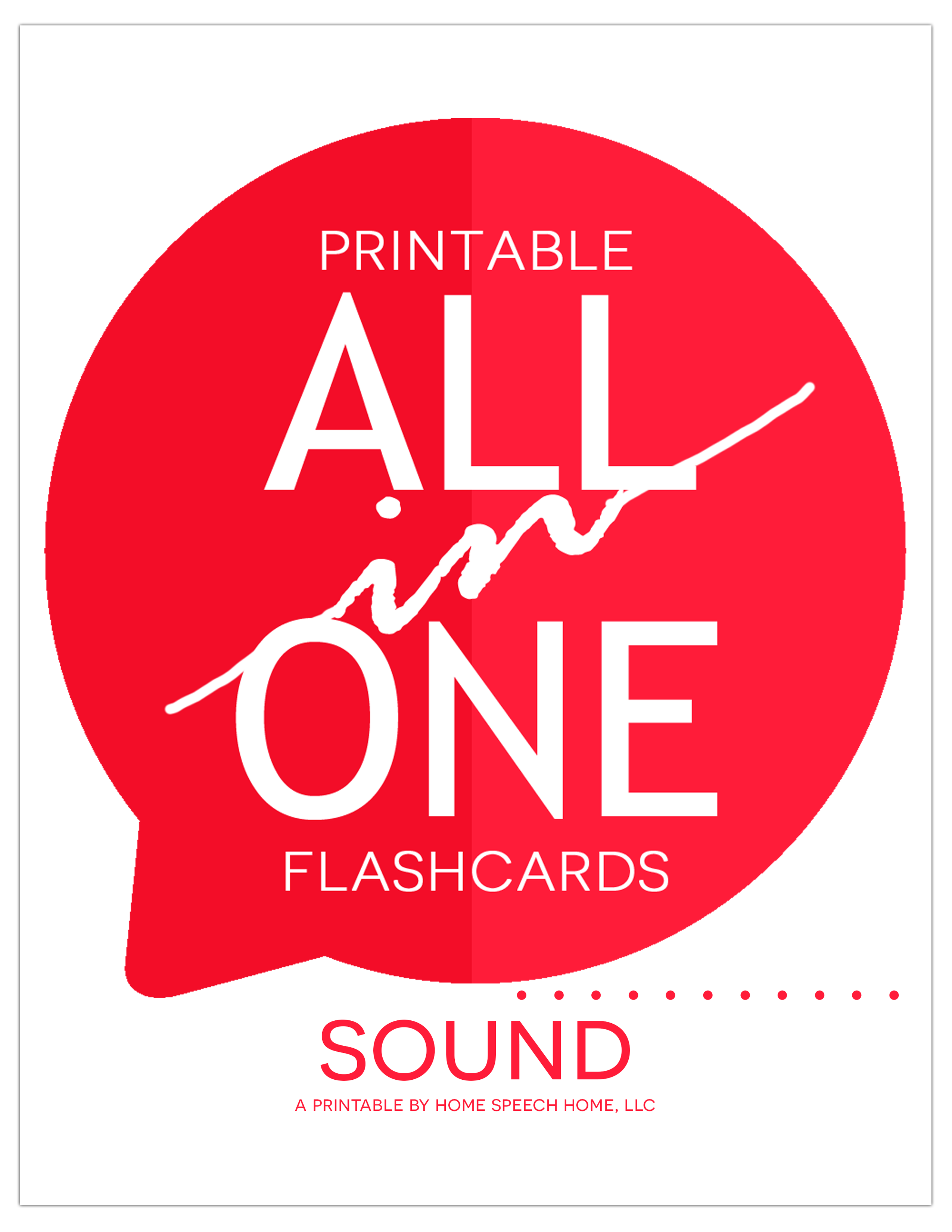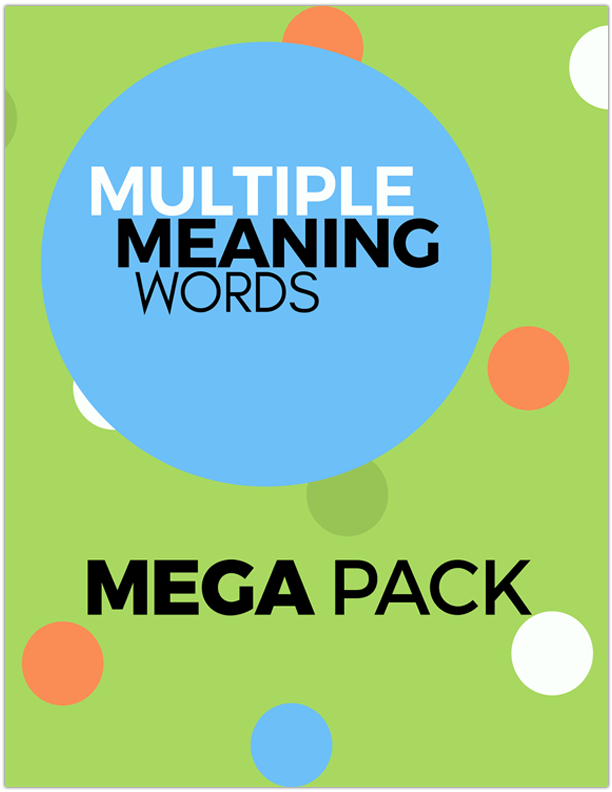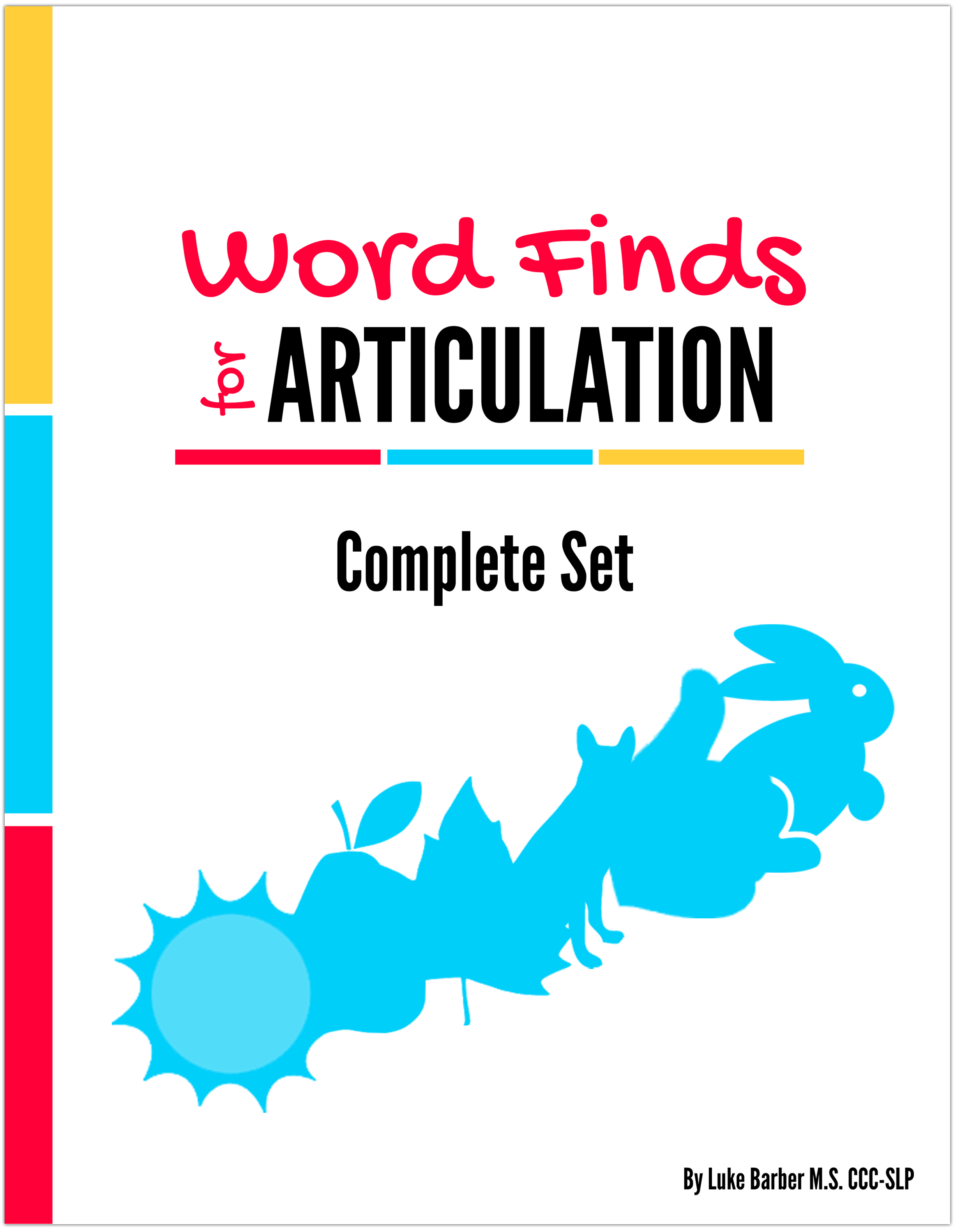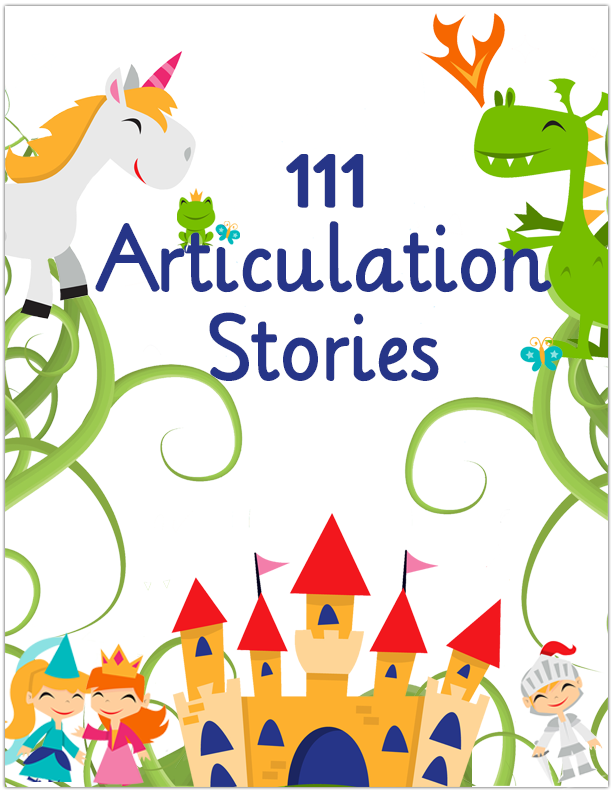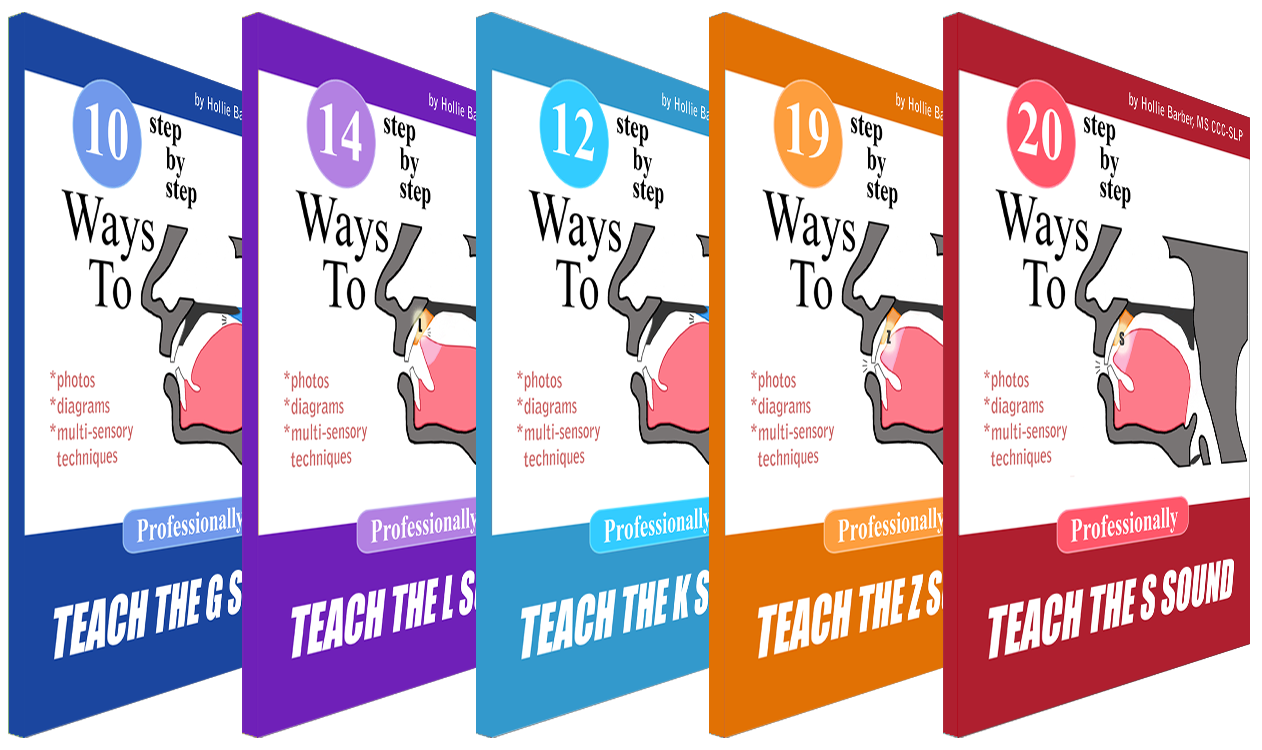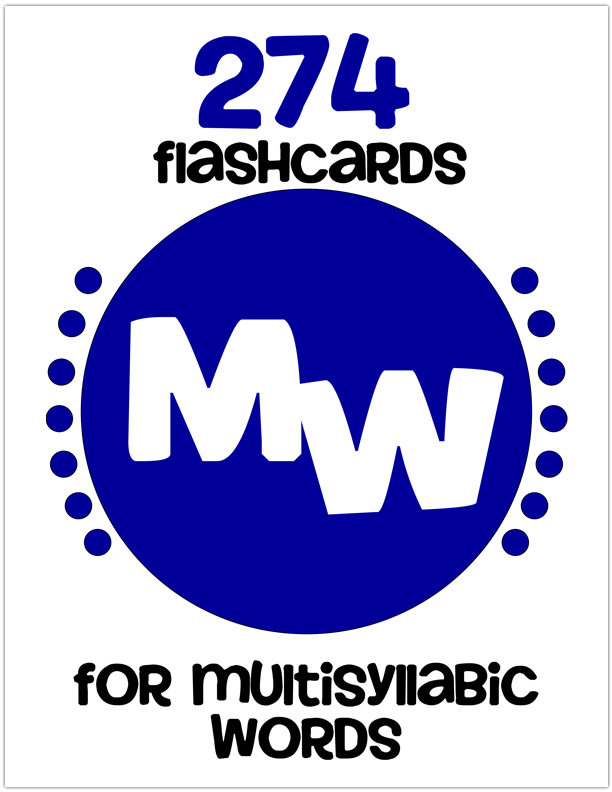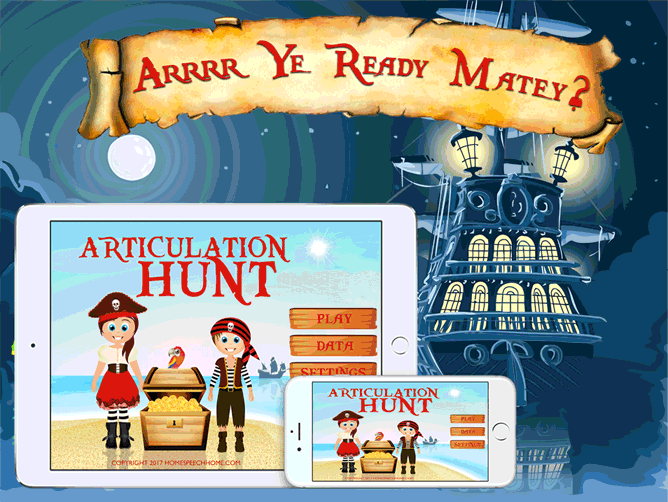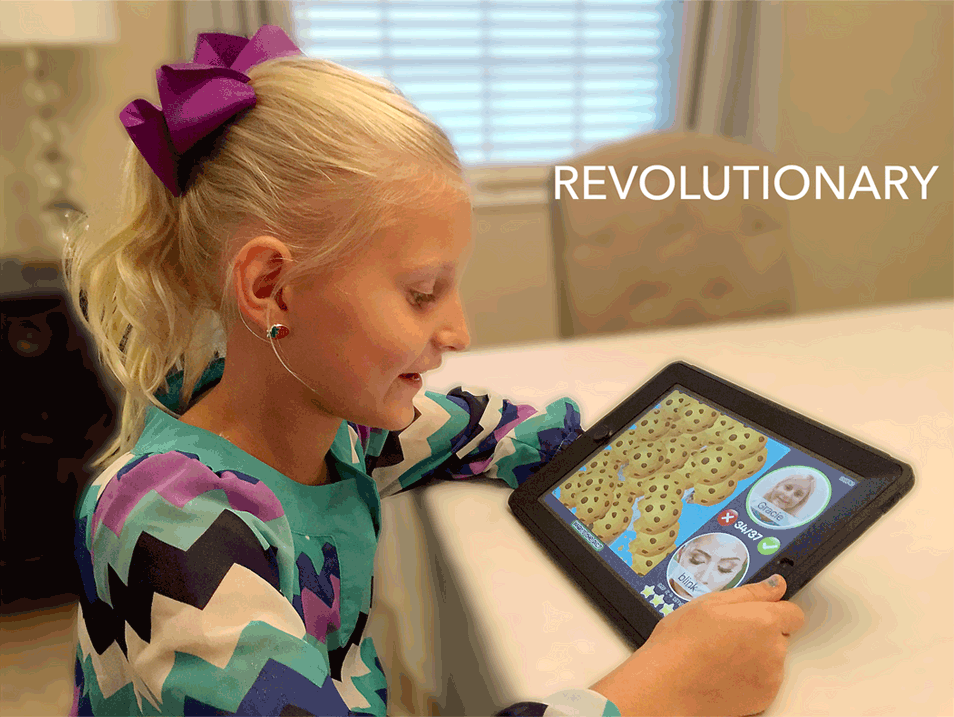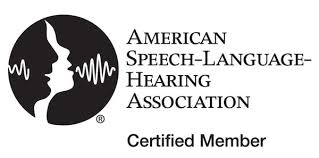Speech Therapy Activities Using HedBanz
For a while now I have been hearing a buzz about a children’s game called "Hedbanz". So naturally, (being the curious SLP that I am), I had to buy it.
I wanted to see the speech & language opportunities awaiting inside the box.
And it did NOT disappoint!
Hedbanz is a game that is absolutely perfect for eliciting language!
The ideas that could be hatched from this game are limitless, so use this as a guide and create your own ideas as well!
With most kids on your caseload, you could just play the game, by the rules, and you would have some wonderful material for language goals.
So if you want to stop reading, then just go purchase the game.
But if you are an overachiever like myself, please read on! (And if you are an SLP you are by nature an overachiever. So hello, everyone.)
Explore Our Goal Achieving, Client Centered Products
Expressive/Receptive Language
Tweak the game a little so that one child has a card on his/her head at a time.
The other students in the room give one clue about the card… “It is brown”, “It is an animal”, “It is yummy”.
This turns the game into an expressive (descriptive) task for the students without the card, and a receptive task for the student with the card.
Tweak it again so that only the child knows what card they have and they have to give descriptions to you and/or the other students. This is great for using descriptive language.
Have the child flip over a card and make sentences out of each picture.
Shuffle all the cards and place the stack face down on the table. Start a story like this: "Once upon a time I went on a trip..."
The children will take turns choosing a card from the top of the pile and each student adds another sentence to the story based on the picture they draw from the pile.
You can do this with one student or many.
For homework, make copies of a few of the cards (6-8) and send with the student.
Many of these games will be fun for the kids to play with their families!
Matching/Emotions
Print this emotions card set on thicker cardstock and laminate to use with games such as Headbanz™, as a matching game (print two copies), or use as visual supports to teach emotional regulation.
The colors were intentionally chosen to align with my favorite emotional regulation materials created by Leah Kuypers (Zones of Regulation®).
Students have 2 (or more) ways to play:
1. Players imitate the emotion to have the player guess what emotion is on the card.
2. Players give examples of when he/she felt that way.
Sorting/Categorizing
Sort the cards by category...Food, Animals, Bugs, and Things
Create less concrete categories...like things you could use to make a fort, things that you can ride, things that you have in your home, etc.
Prepositions
Use the cards to make silly sentences about prepositions.
Place the goat card over the ice cream card and make a sentence that says "The goat is OVER the ice cream."
Use the prepositions OVER, UNDER, BY, & ON.
SEE ALSO: The Best Free App for Speech Therapy
Compare/Contrast
Choose two cards and lay them side by side.
This works well with cards from the same category, but it does increase difficulty level if they are not closely related.
Have the child talk about things that make the items the same and different.
After making a list, make a diagram like this...
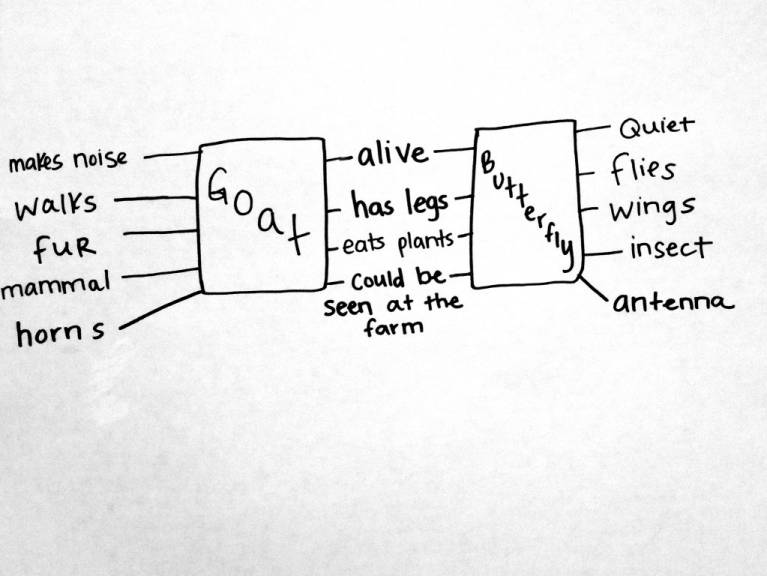
The things that make them the same go between the items, and the things that make them different go on the opposite side.
This is a great visual to help the child understand similarities and differences.
Fluency
Thanks to the carrier phrase "I am a" at the top of each card, this is an excellent built-in fluency activity.
Simply have the child pick up a card and read it using soft onset and slow speech.
Make two piles with the cards: the phrases that were fluent and the phrases that weren’t.
When disfluencies are present, talk about what happened.
"Did you feel your mouth starting softly?"
"Do you think that came out too fast?"
They will feel proud as they see the "fluent" pile building.
Playing the game by the rules is also a great fluency exercise for students with more advanced fluency goals.
SEE ALSO: The Best Books for Speech Therapy Practice
Articulation
Although you could get creative using a carrier phrase + picture card with your target phonemes, I would just as soon use this game as a reinforcement for tons of drill.
For every ___ productions, we get to play a round of Hedbanz.
Very reinforcing!
For a comprehensive list of quickly accessible articulation words use our speech therapy word lists or for your iPhone or iPad get the Word Vault App.
We would love to hear your ideas too!
What Fun Variations Have You Tried Using Hedbanz?
Let us know about fun variations you have tried with your students.
What Other Visitors Have Said
Click below to see contributions from other visitors to this page...
Fairy tales 




The child I teach has difficultly asking descriptive questions so the Headbanz game can be tricky for them to use. I felt that using pictures with a recognizable …
Speech Therapist 




One of my older students with autism is working on explaining ideas & concepts to his peers, so I had him choose a game & change the rules, then teach …
SLP Not rated yet
I have used the Headbanz game in some of the ways mentioned above but this article was VERY useful in figuring out other ways to use it. THANK YOU!! For …
Headbandz for auditory memory Not rated yet
I used this game is it's suggested and it words as a great game for building auditory memory skills.
Child asks questions and then has to remember answers …
I love this, but.. Not rated yet
I have been playing these games for a long time. They can be played with any cards (artic, verbing, prepositions).
The one major change I make is that …
Charades Version Not rated yet
The kids loved doing a Charades version too.
Acting out what was on their classmates head for them to guess.
That way they get to get up and move …
SLP Not rated yet
I use content area words and have the kids help create the cards on index cards and then we play as we prepare for the test.
i.e. colonial hed banz …

About the Author
Lindsey is an M.S. CCC-SLP from Salt Lake City, UT. She received both her B.S. and M.S. from Utah State University. When she's not chasing her 5 crazy kids around, she enjoys creating engaging speech therapy ideas and materials. Read More
Activities and Product Discounts, Oh My!
Sign up for Terrific Therapy Emails
Your information is 100% private & never shared.
